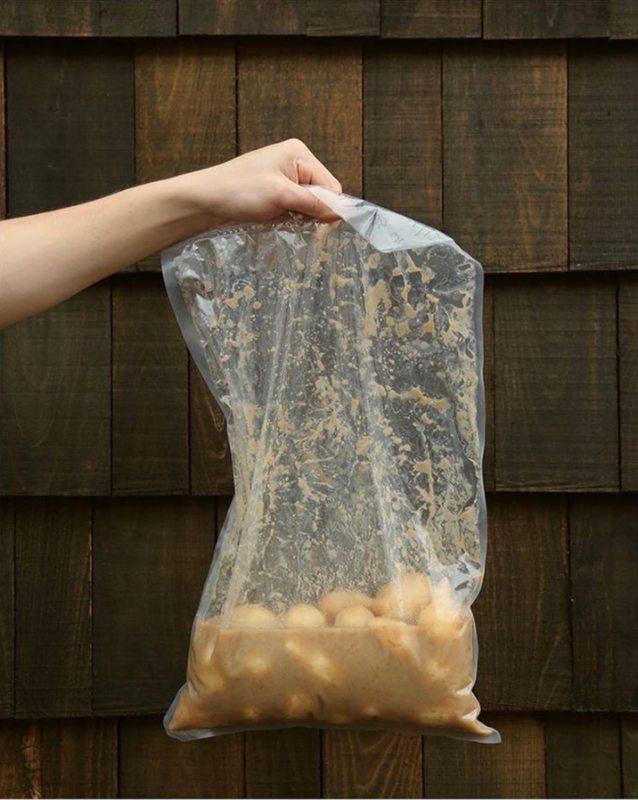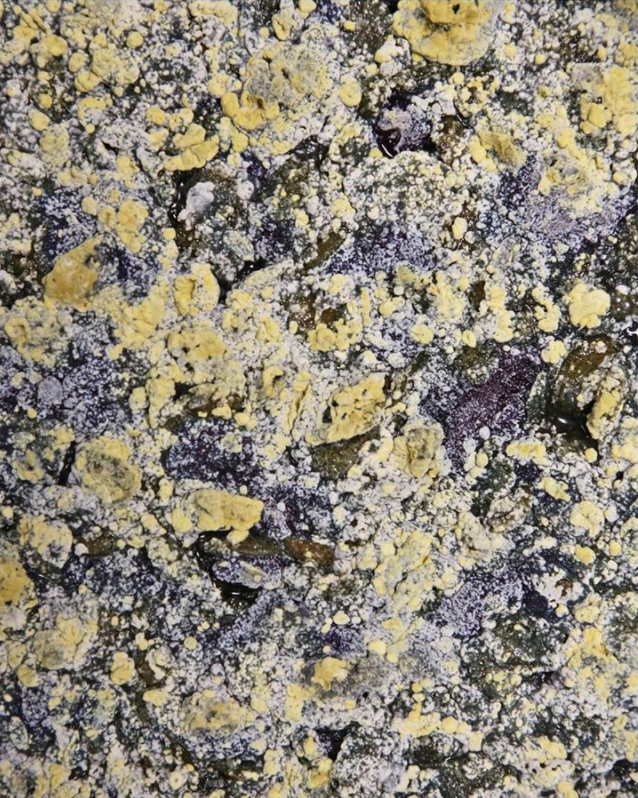Point of Origin Episode 19
A New, New Nordic?
When Chef René Redzepi’s Noma was named the world’s best restaurant in 2010, it exposed the world to a movement that had been building in Denmark and in the Nordic countries. It was a movement built on looking inward for inspiration, specifically geographically inward, and using resources from their own land to build a cuisine, rather than importing those from their Michelin Star training.
While the “New” Nordic, is no longer new, the movement continues to send ripples across the restaurant industry, evolving and adapting to the global recognition it has received. The question now is, what do we call the movement that has spawned from the Nordic food movement?
On today’s episode we’ll talk about this question with current and former Noma chefs, David Zilber and Matt Orland, as well as with Chef Jeremy Charles of Raymonds Restaurant and Chef Bo Bech of Copenhagen’s Geist.
Available on Apple Podcast, Spotify, & iHeartRadio
“The idea of the New Nordic was that the chefs of Scandinavia would stop looking south (to places like France, Italy and Spain), for inspiration, but rather inward, basically what’s around them.” - Matt Orlando
Restaurants Mentioned:
Noma - Copenhagen, Denmark
Amass - Copenhagen, Denmark
Broader & Build - Copenhagen, Denmark
Geist - Copenhagen, Denmark
Raymonds - St. Johns, Canada
The New Nordic Manifesto
The New Nordic Food manifesto has an innovative approach to traditional foods combined with a strong focus on health and an ethical production philosophy.
The Nordic cuisine should create and inspire the joy of food, taste and variety, nationally and internationally, according to the initial vision:
“As Nordic chefs we find that the time has now come for us to create a New Nordic Kitchen, which in virtue of its good taste and special character compares favorable with the standard of the greatest kitchens of the world”, the Manifesto states.
To express the purity, freshness, simplicity and ethics we wish to associate to our region.
To reflect the changes of the seasons in the meal we make.
To base our cooking on ingredients and produce whose characteristics are particularly in our climates, lanscapes and waters.
To combine the demand for good taste with modrn knowledge of health and well-being.
To promote Nordic products and the variety of Nordic producers - and to spread the word about their underlying cultures.
To promote animal welfare and a sound production process in our seas, on our farmland and in the wild.
To develop potentially new applications of traditional Nordic food products.
To combine the best in Nordic cookery and culinary traditions with impulses from abroad.
To combine local self-sufficiency with regional sharing of high-quality products.
To join forces with consumer representatives, other cooking craftsmen, agriculture, fishing, food, retail and wholesales industries, researchers, teachers, politicians and authorities on this project for the benefit and advantage of everyone in the Nordic countries.
What is Traditional Nordic Food?
Traditional Nordic ingredients generally include: seafood, bread, meats, dairy, fruit and root vegetables.
Much of the cooking methods reflect the historical and geographical components of Scandinavian culture. Much of the food is preserved, pickled, smoked or salted, in order for it to survive the harsh winters.
The winters have also led to the hearty and simple dishes that are usually typical in a traditional Nordic diet. These include, stews, smoked seafood, cheese, meats and rye bread.
Fermentation with David Zilber
Image Credits: @nomaferments
In an interview with The Guardian, Zilber stated,
“there are fundamental truths about the way Earth works that absolutely manifest themselves in any facet of life, especially in the wild and chaotic biological ones that you see in fermentation”.
For Zilber, it’s a slow, and thoughtful process, but one that has helped to deliver new flavors and new sensations that haven’t been reached before. As the Director of Fermentation at Noma, Zilber works in the their lab, testing, creating and experimenting. In coordination with Noma founder, René Redzepi, Zilber authored one of the most prominent books on fermentation: The Noma Guide to Fermentation.
Meet the Guests
Chef Matt Orlando
Matt Orlando is the owner and chef of Amass and founder and chef of Broaden and Build Brewery, both located in Copenhagen.
He is originally from California, but made the move to New York where he began to work in Michelin star restaurants. After his continuous work in New York and England, he eventually met René Redzepi, who brought him to Noma in Copenhagen in 2005. He worked there for two years, before returning to New York for three years.
He then came back to Noma taking the position as Noma’s first Chef de Cuisine. He held this position for almost three years, before departing to start his own restaurant, Amass, in 2013.
Chef David Zilber
Chef David Zilber is the Director of Fermentation at Noma and author the book: Noma’s Guide to Fermentation. He came to Noma from Canada in 2014, drawn by the incredible work being done there. Chef Zilber was self taught, and after only a year and half, his knowledge and skill led to him being promoted to the Director of Fermentation.
Today he works in Noma’s lab, experimenting with fermentation, and bringing new flavors to the Noma table.
Chef Jeremy Charles
Jeremy Charles is a Canadian chef located in the Newfoundland and Labrador province. He co-founded Raymonds Restaurant, an award-winning restaurant located in St. Johns.
Like those in the Nordic countries, Jeremy has built his recipes from the land he’s from. His dishes utilize the ingredients found in Newfoundland and Labrador to create unique and high-level cuisine that reflects the land he has grown up on.
Chef Bo Bech
Chef Bo Bech is the owner of and chef at Geist, in Copenhagen. He discovered his passion for cooking in his early twenties, while he was serving as a UN soldier in the former Yugoslavia. When he returned to Denmark he got to work in pursuing his dream. He worked for four years at Jan Hurtigkarl & Co, then in 2004 he eventually opened his own restaurant: Paustian. It went on to win a Michelin star.
Chef Bech was on the frontier of the New Nordic movement, and Chef René Redzepi, gives Bech a lot of credit for the way that Denmark’s food scene has emerged today.
Simon Lavender
Sources:
https://www.norden.org/en/information/new-nordic-food-manifesto
https://www.npr.org/2013/11/13/244600582/new-nordics-cool-but-old-scandinavian-food-holds-its-own
https://www.theguardian.com/food/2019/mar/03/noma-fermentation-chef-david-zilber-art-edible-bacteria
https://kamikoto.com/blogs/fundamentals/understanding-flavors-of-scandinavian-cuisine











